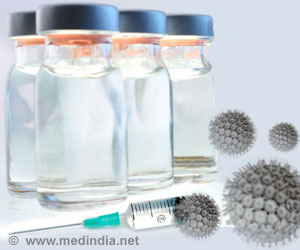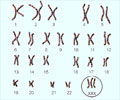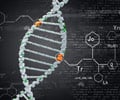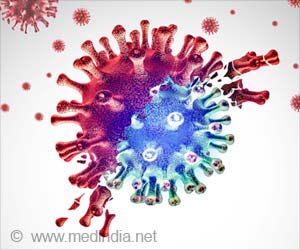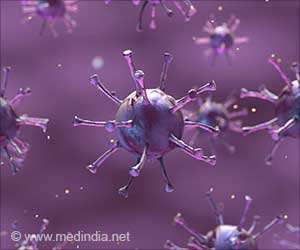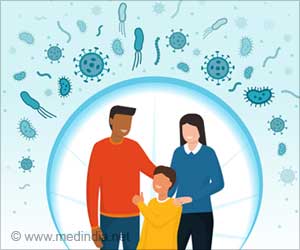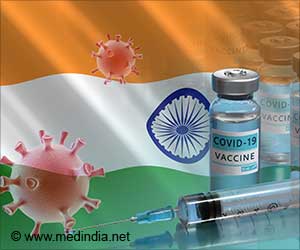The presence of XY chromosomes could elucidate why males around the world exhibited an increased probability of COVID-19 hospitalization.
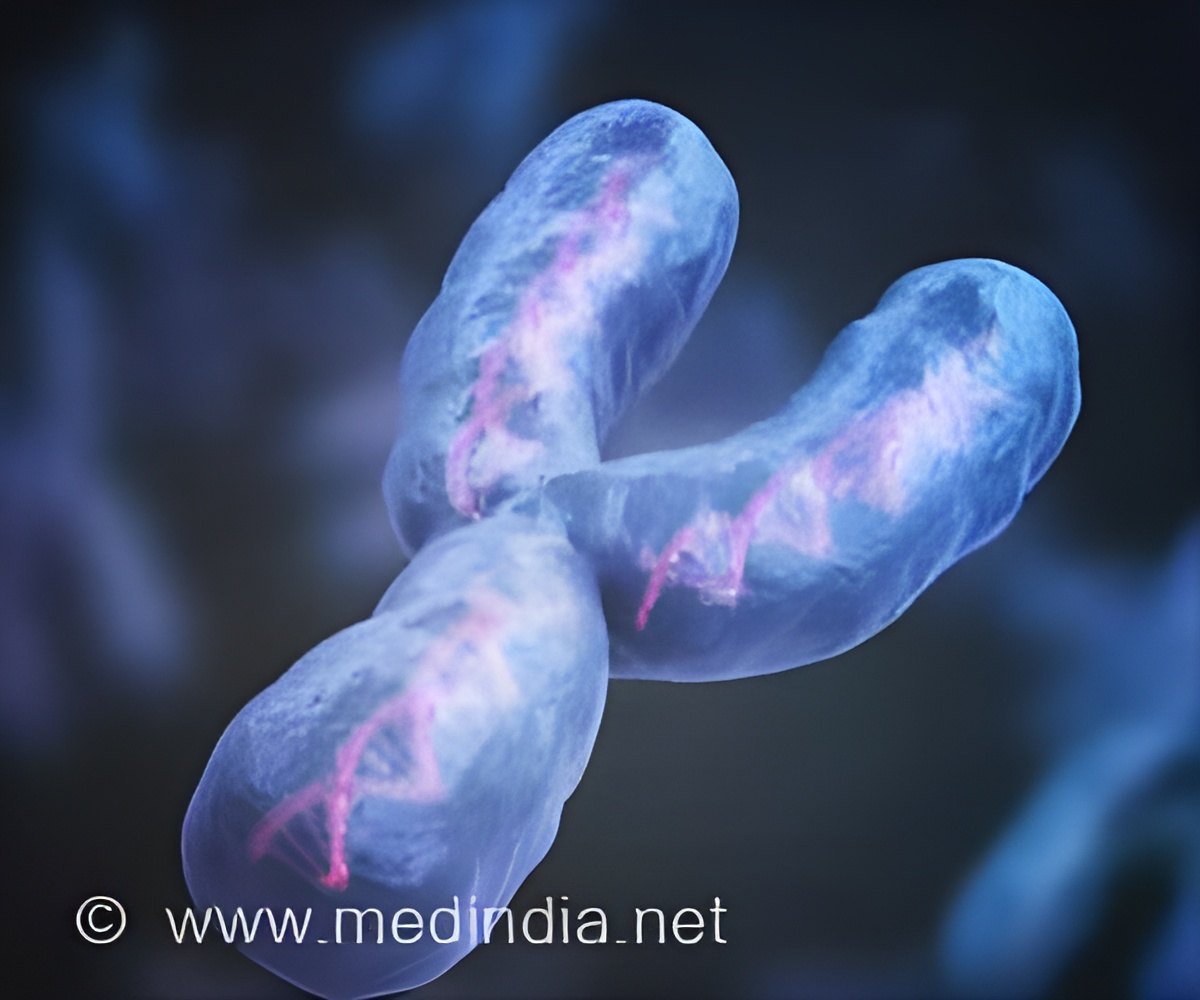
‘In males with a missing second copy of the gene, a significant portion of the available ACE2 is commandeered by SARS-CoV-2 during an infection. #covid19’





Located on the cell's outer surface, ACE2 plays an important role in controlling blood pressure and inflammation and protecting organs from damage caused by excess inflammation. During a SARS-CoV-2 infection, the coronavirus spike protein locks on to ACE2 to enter the cell. The gene encoding the ACE2 protein is located on the X chromosome, which means that females have two copies of the gene and males only have one.
How Genetic Variations and Hormone Signaling Impact COVID-19 Outcomes
In times of health, the extra copy of the gene for ACE2 doesn't appear to make a difference - Zhang and his team found similar levels of ACE2 protein in healthy males and females. Following a SARS-CoV-2 infection, however, they observed a dramatic decrease in ACE2 in males while levels remained consistent in females, suggesting that the additional copy of the ACE2 gene on the X chromosome is helping to compensate and maintain high protein levels in females, the study showed. The changes in ACE2 levels were also correlated with a drop in estrogen hormone signalling in males, which could also contribute to the sex-specific differences in COVID-19 outcomes.To test whether low levels of ACE2 were responsible for the more severe outcomes seen in males with COVID-19, the researchers devised a therapeutic approach using an inhaler to deliver lab-made ACE2 proteins directly into the lungs. Males who received a daily puff of ACE2 after SARS-CoV-2 infection had less virus in their lungs, less lung injury and higher levels of estrogen signalling. Together, these results paint a clearer picture of how the extra copy of the ACE2 gene and higher estrogen levels in females work together to protect them from experiencing more severe COVID-19, the team said.
"A common misconception is that an increased presence of ACE2 receptors would result in a higher infection rate," Zhang said. "However, the enhanced activation of ACE2 in females actually serves as a compensatory mechanism during infection that's aimed at safeguarding the lungs and other vital organs from potential damage."
As a result, there is not enough of the protein to fulfil its usual functions of tamping down inflammation and preventing organ damage. The extra dose of ACE2 delivered by inhaler serves as a decoy to glom onto the coronavirus, thereby preventing it from entering cells while also keeping the native ACE2 proteins free to exert protective effects.
Reference:
- Inhalation of ACE2 as a therapeutic target on sex-bias differences in SARS-CoV-2 infection and variant of concern - (https://www.cell.com/iscience/fulltext/S2589-0042(23)01547-X)
Source-IANS



